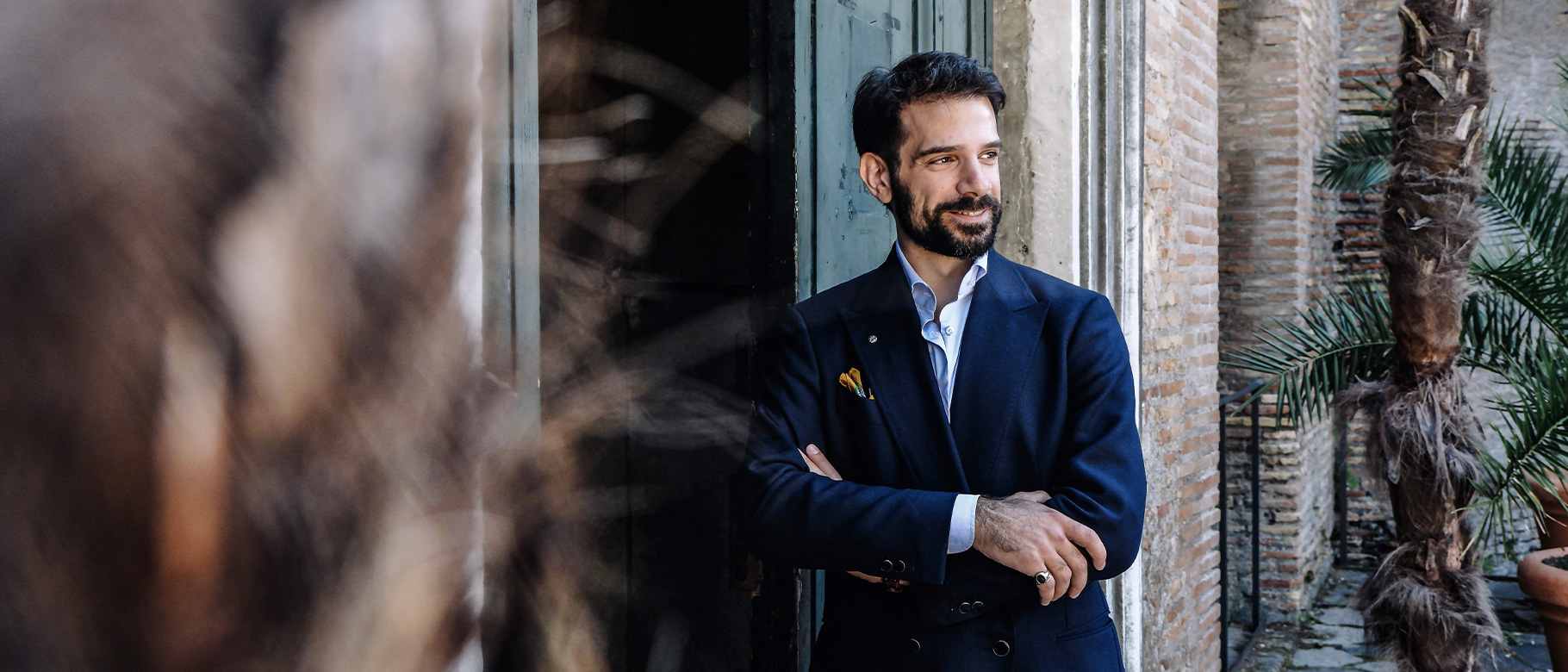

Born and raised in New York, Salvatore Ambrosino has a profound bond with Italy, in particular with Rome where his family is deeply rooted. We met him near his home in Rome and as he showed us his favourite places in the neighbourhood, he spoke of holidays in the past in Rome as a child, of his university studies in Florence, and the L’Arte Nascosta project.
Salvatore Ambrosino has been spending his summers in Rome since he was four years old. He described those moments: “It was like being in a film: my grandfather and I would take the car every day and ride around Rome and the surrounding areas. I think that is where my love for the authentic Italy, for its popular traditions, came into being. This is what I would like to convey through L’Arte Nascosta”.
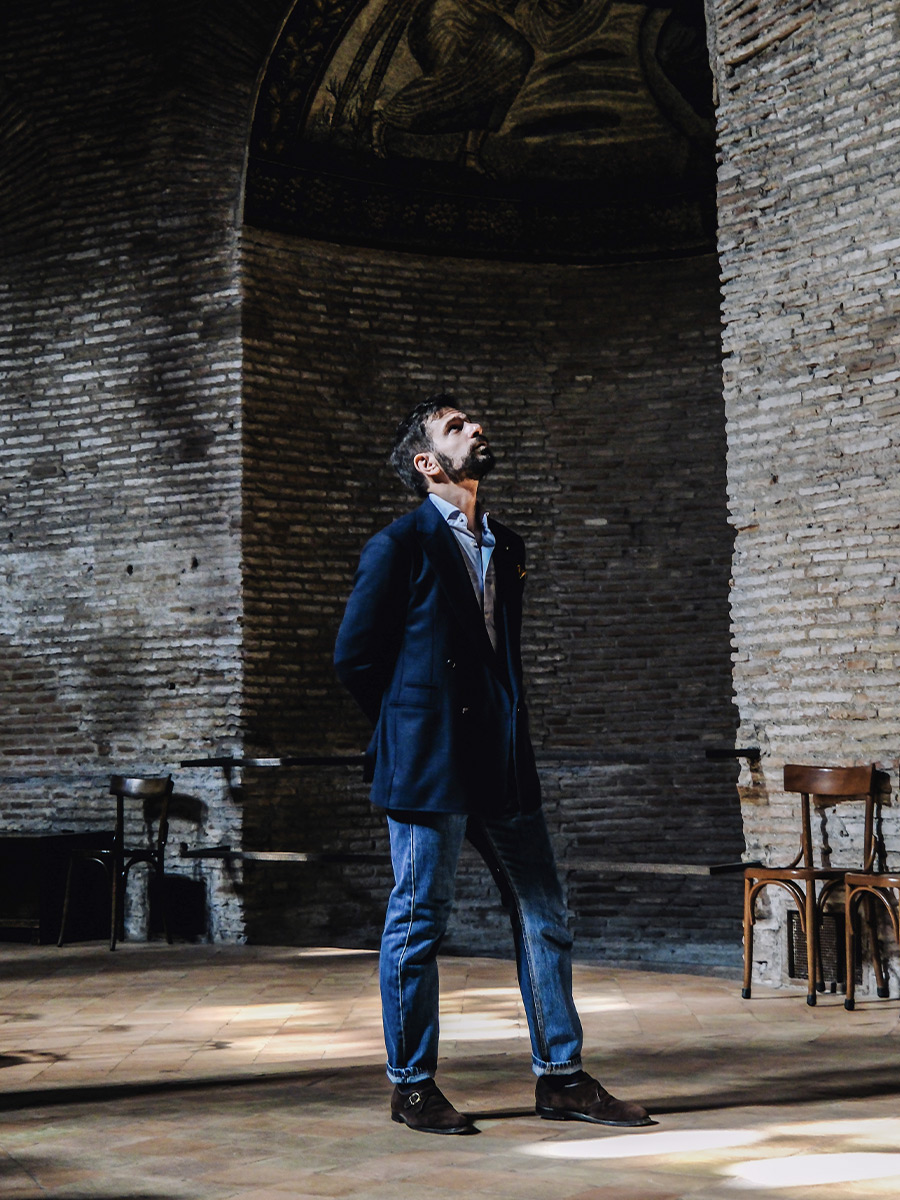

The idea for this project originated in 2013 when Ambrosino was enrolled in a Master’s programme in Renaissance Studies in Florence. One day, he met Paolo Penko, an artisan specialised in creating jewellery. “It was the beginning of the school year,” he said, “and I still didn’t know Florence very well. While searching for the bus stop, I got lost and could hear the sound of a hammer coming from a workshop. I peeked inside and there I saw Paolo who was working on a jewel. I was so enraptured that I skipped the lesson that day and that is how we became friends”. The following months, Ambrosino spent a great amount of time in Penko’s workshop and it is because of him that he knows the various realities of the world of handicrafting. Slowly the idea of bridging Italian artisans and the American public began to take shape.
Once his studies were over, Ambrosino returned to New York and for several years worked at the Italian Chamber of Commerce, then at Isaia and finally for Denis Frison, never forgetting his dream, however. In 2020 he decided to quit his job and devote himself entirely to his project. He is very observant, and tries to understand what artisans need and what the American market demands. Studies in Renaissance patronage re-emerge: “One of the most important concepts,” he explains, “centres on reawakening the temperament of the patron that each of us has inside. Due to the increasingly globalised market, we have lost this way of expressing ourselves but our signet rings are nothing else but removable tattoos that can be handed down from father to son for generations”.
Today L’Arte Nascosta provides international clients with the possibility of experiencing the art of commissioning unique objects: bespoke jewels and accessories that are customisable by the finest Italian artisans, including goldsmiths, weavers, engravers and micro-mosaicists. Each piece is unique and tells the story of the patron, bridging the past and the present.
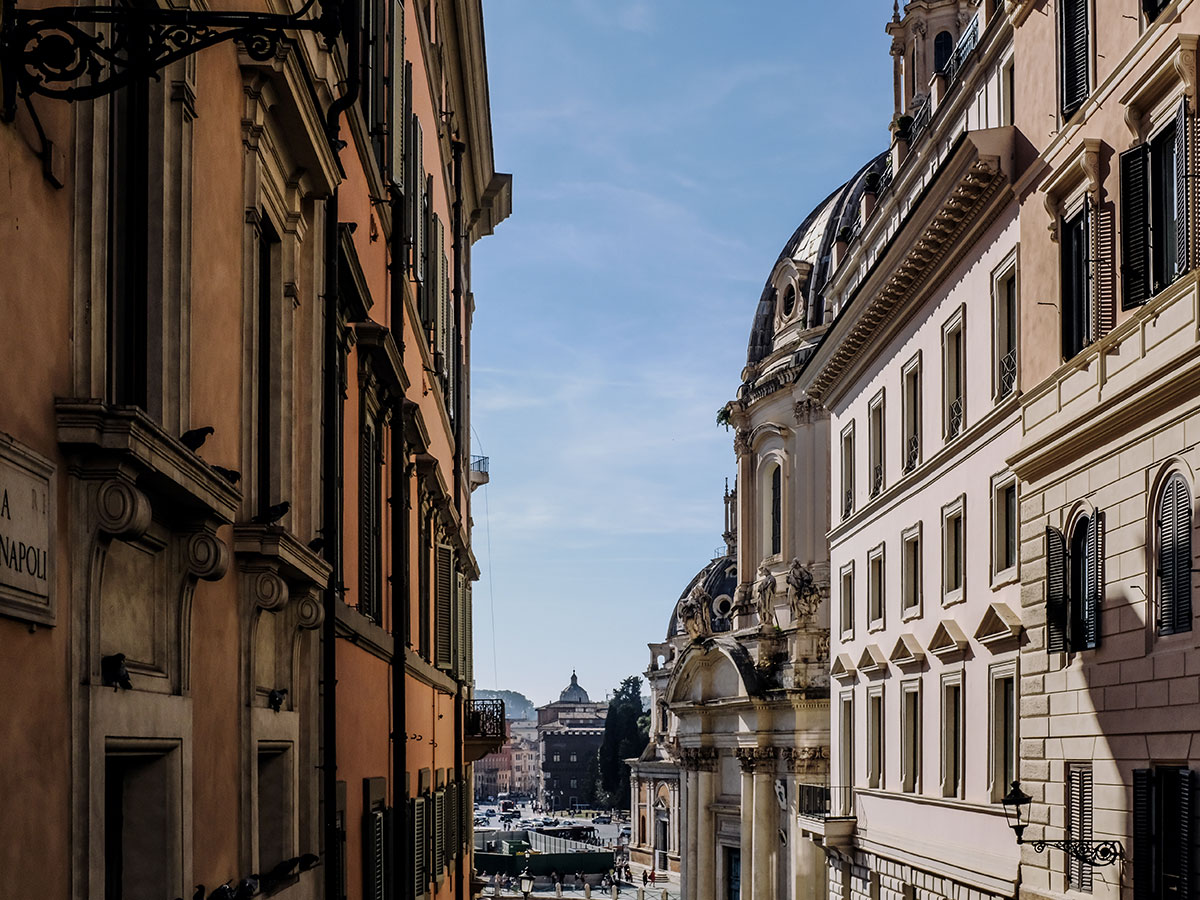
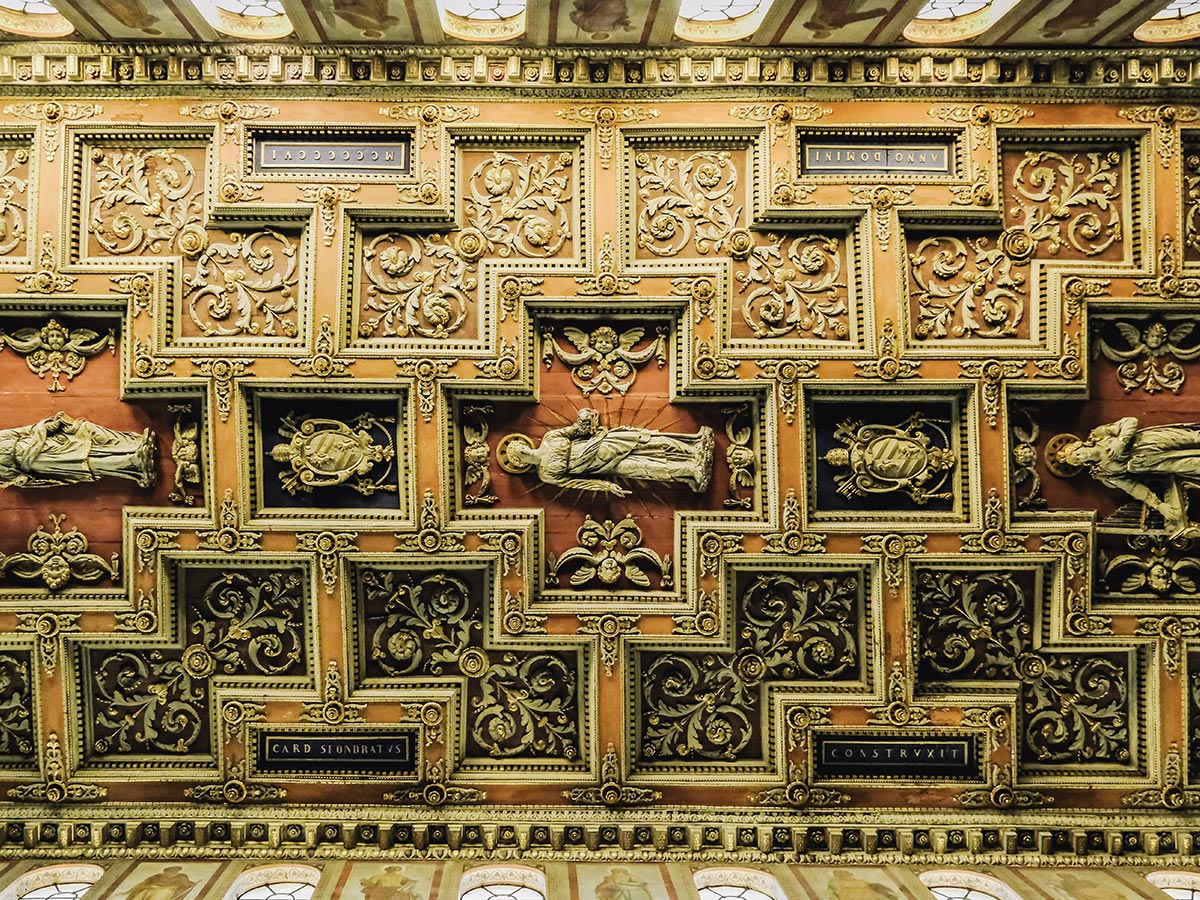
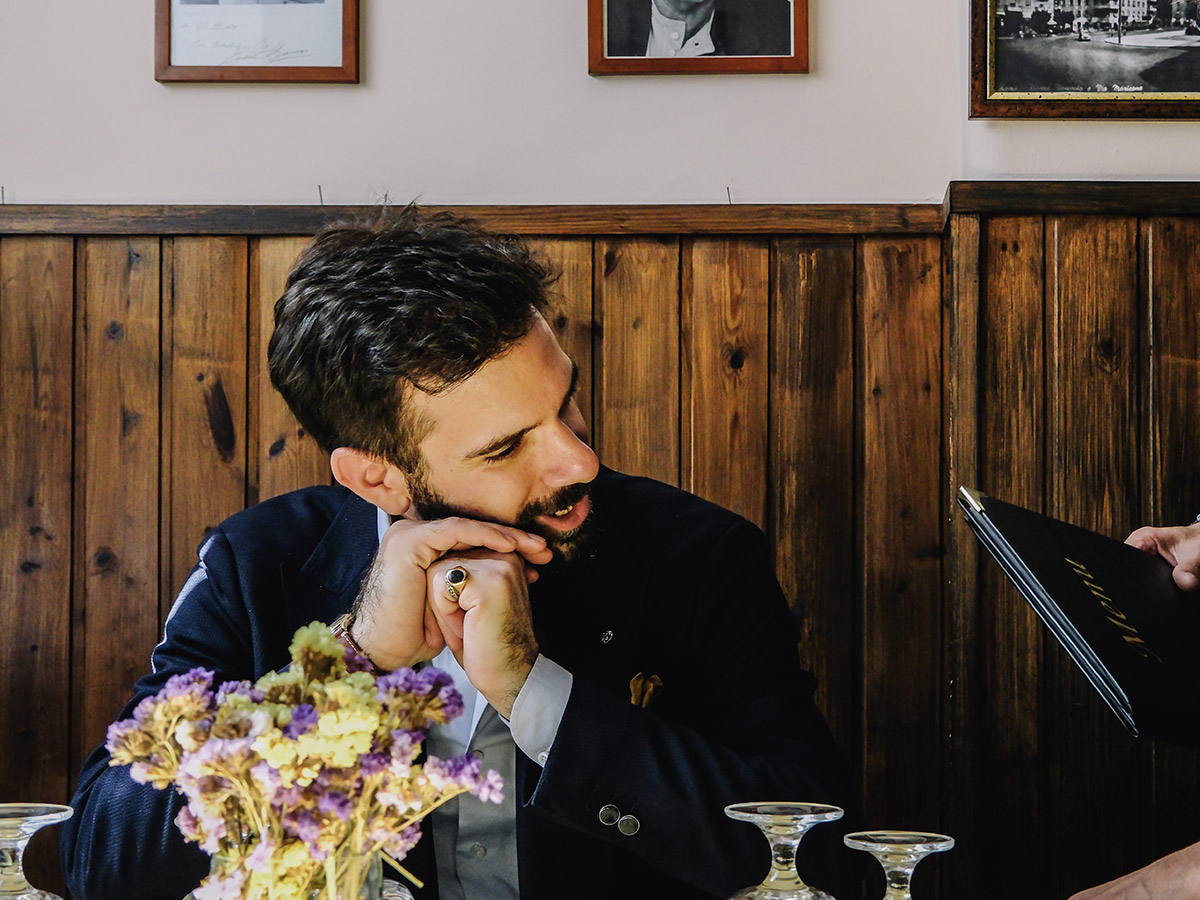
Salvatore Ambrosino is a true enthusiast and connoisseur of Rome. He loves its culture, the light, the fine food and, most importantly, being close to antiquity. “Today, with technology, the distances have shortened and the world feels like it is under our control. The only obstacle that cannot be overcome is that of time. One day my friend and partner Francesco Soldi told me that the ancient Greeks had three different words to define time: Kronos, for chronological time; Kairos, the right and opportune moment; and Aion, transcendental time, that of the Gods, which has no past, present or future; it merely exists.
It is no coincidence that L’Arte Nascosta’s new Bespoke Tour service goes by the name of “Aion”. “Our tours aim to allow people to relive the past, present and future in a single experience. When you stand before history, you can enjoy an intimate moment with it, realising the immensity of the world. The same as with Rome, when you feel the past becoming present”.
For further information on the products, artisans and tours, go to lartenascosta.com
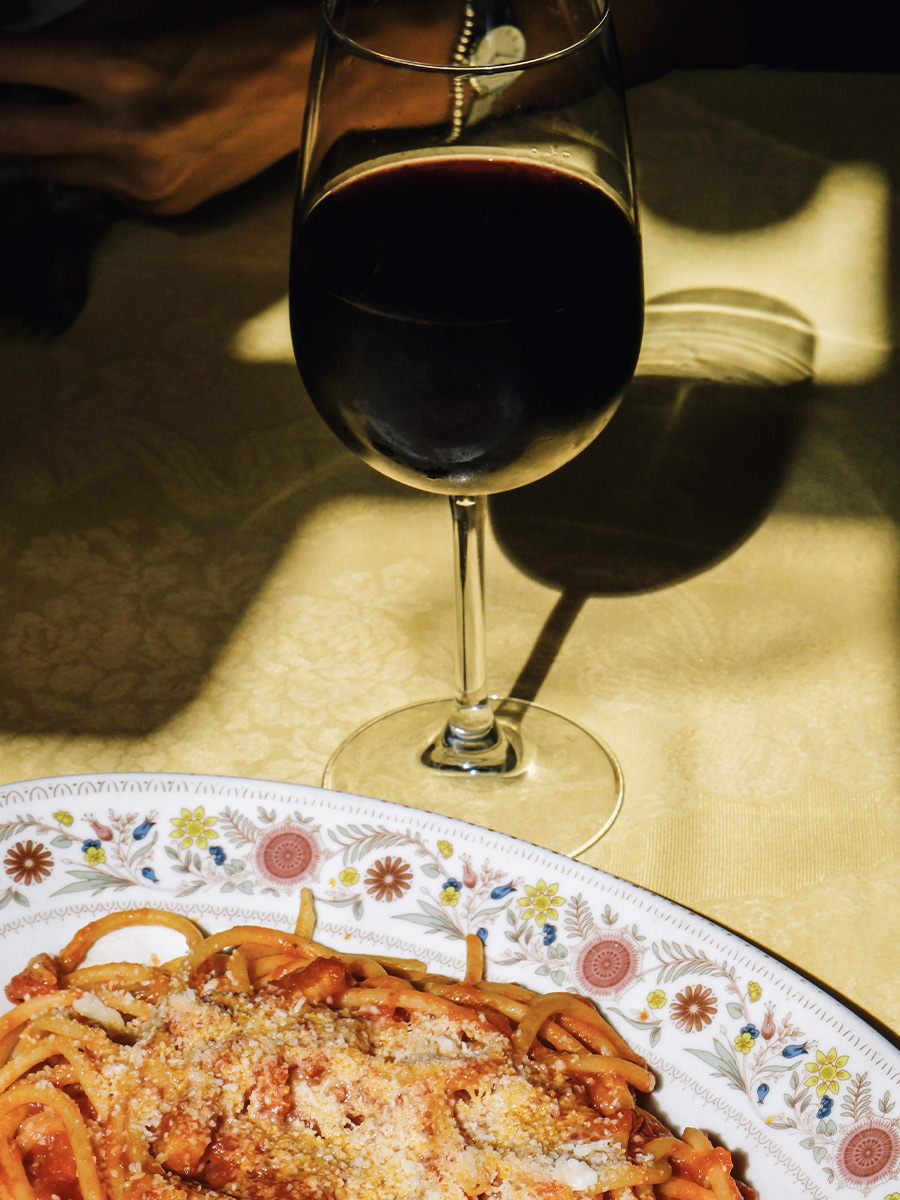
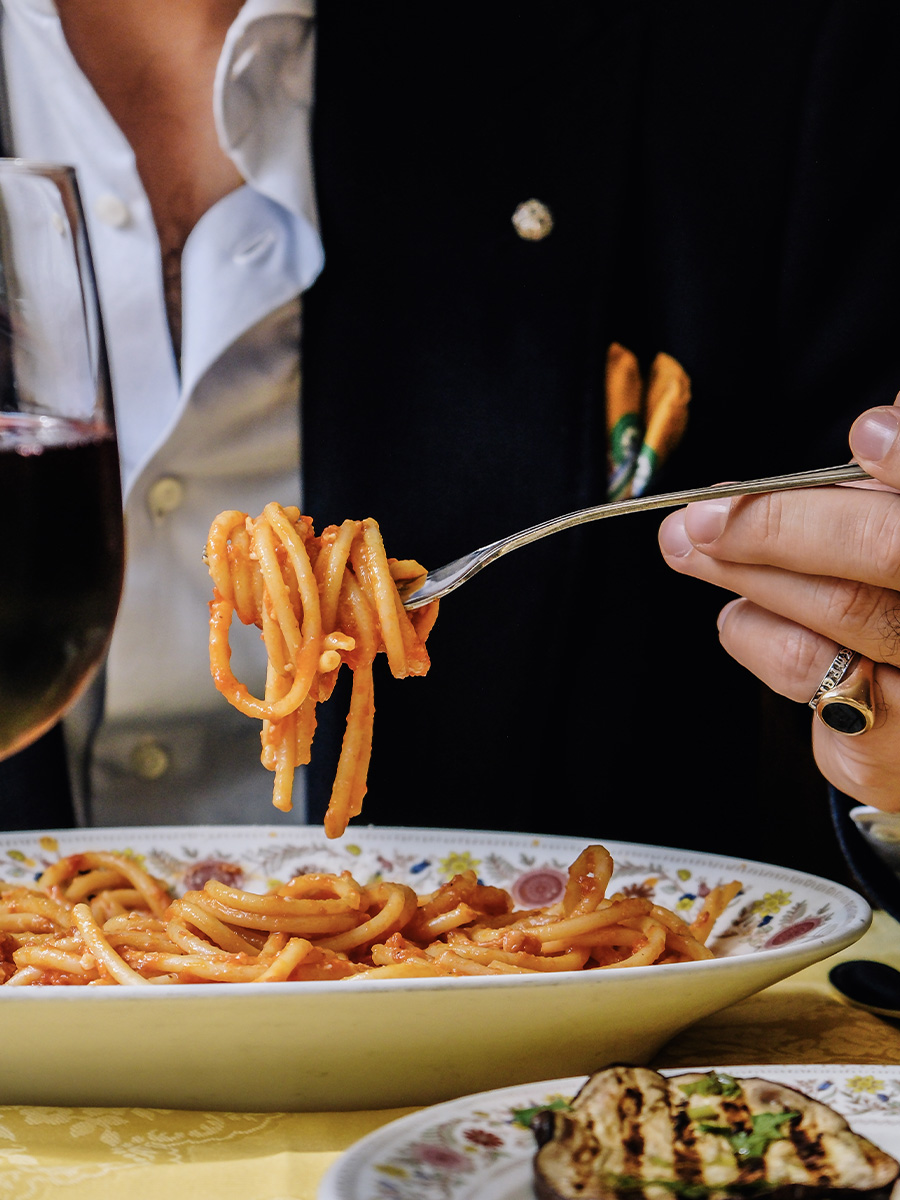
Salvatore’s Rome
Since 1918, the Hostaria Er Buco has remained in the very same place and been run by the same family, today in its third generation. Simple, quality dishes in an authentic and sincere setting: every time I go back, they make me feel like a guest and not a tourist.
Coming from the centre and leaving Via Salaria at the Catacomb of Priscilla, you will find Piazza Vescovio. The square is the centre of a residential area and here you find InfarinaRe which serves the best supplì and pizza-by-the-slice in the neighbourhood.
If you would like to try the best amatriciana pasta in Rome, a stop at LaMatricianella is a must. The restaurant was founded by a family from Amatrice and today is run by Giacomo and Grazia, brother and sister, with great passion and respect for traditions.
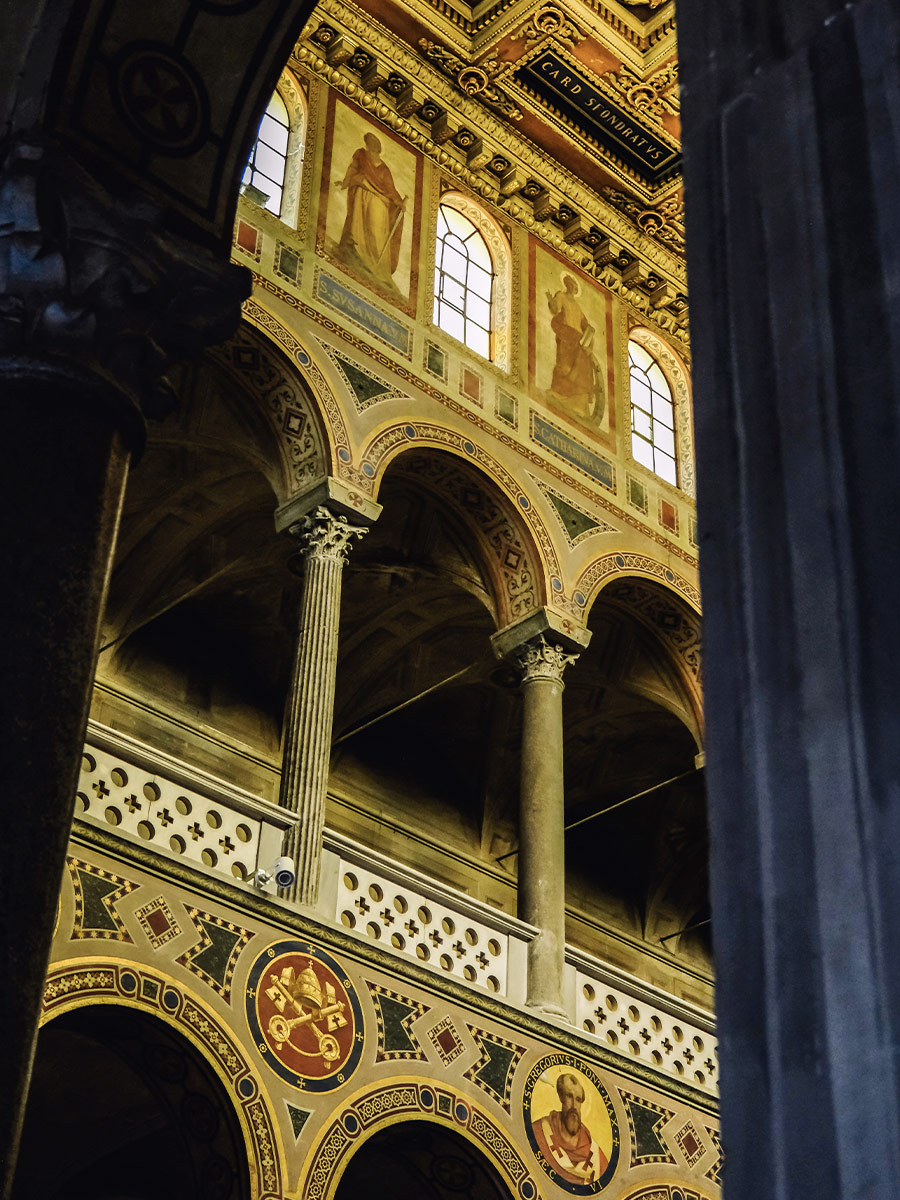
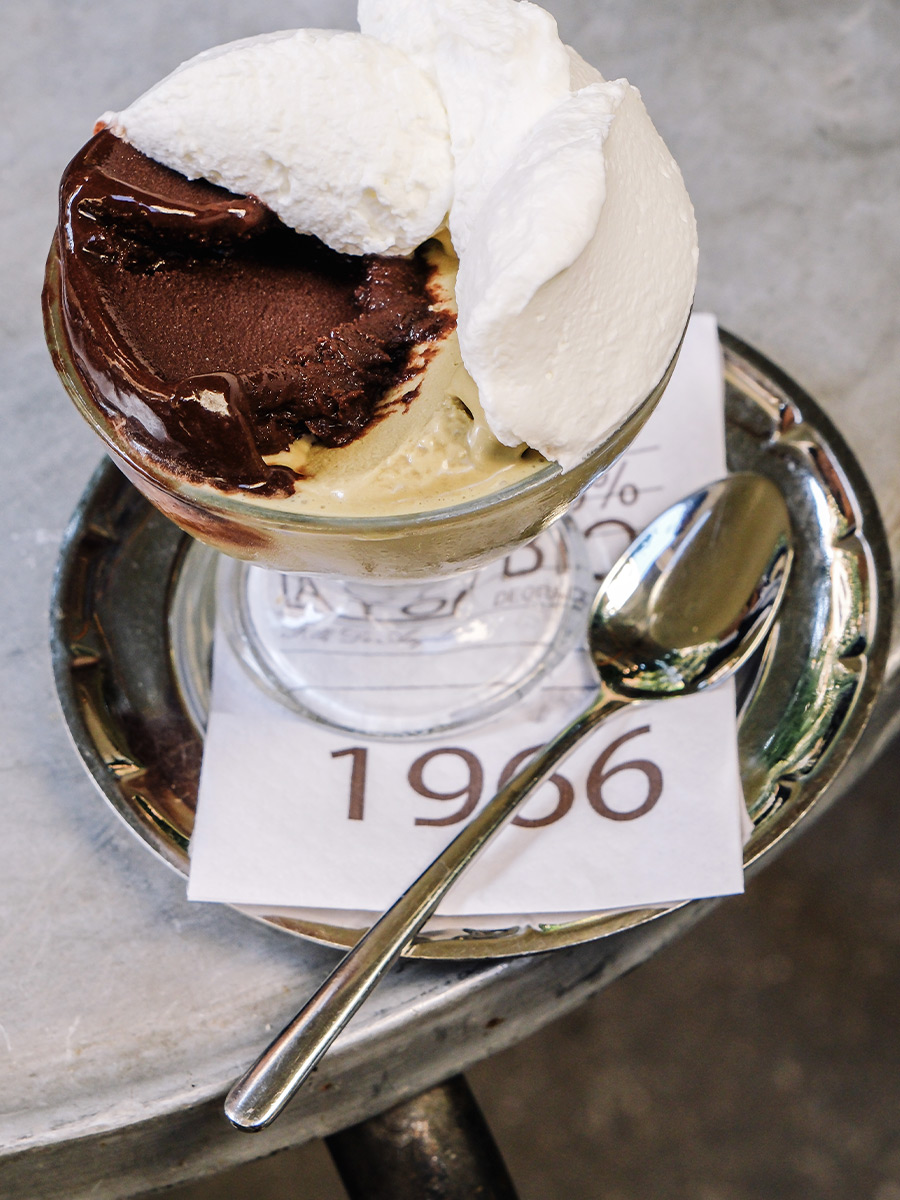
Molinari Emporium and Villa Borghese Boutique are two shops with an excellent and refined selection of men’s clothing brands.
Afternoons, when the Ponentino (a summer breeze that blows from the west) reaches Rome, I enjoy strolling or working in the Villa Ada park. Even if we are in the centre of Rome, you have the impression of being surrounded by nature.
In Via Nomenta, far from the hordes of tourists, you will find the Santa Costanza Mausoleum, a cornerstone of late-antiquity architecture which still preserves extraordinary magnificence and mystique. I went there the first time as a boy and I was dumbfounded, almost intimidated by its beauty. It was built in the early 4th century by Costantina, the daughter of Constantine, not far from the great Basilica of Santa Agnese.
You will find La Casa del Cremolato in the heart of the Trieste quarter, established in 1966 and still run by the De Angelis family. Only here can you try “cremolato”, a type of frozen jam made with chopped fruit, served with fresh cream and made by hand.
In the heart of Rome’s historic district, Da Baffetto serves up 5-star pizzas! I believe it is Rome’s best pizzeria.
Bar Pasticceria Romoli, in the African quarter, is a historic artisanal pastry shop and ice-cream parlour, perfect for breakfast, a snack and even a late-night croissant. Don’t miss their “maritozzis”, the freshest in the city.

Discovering Milan with Marco Taddei
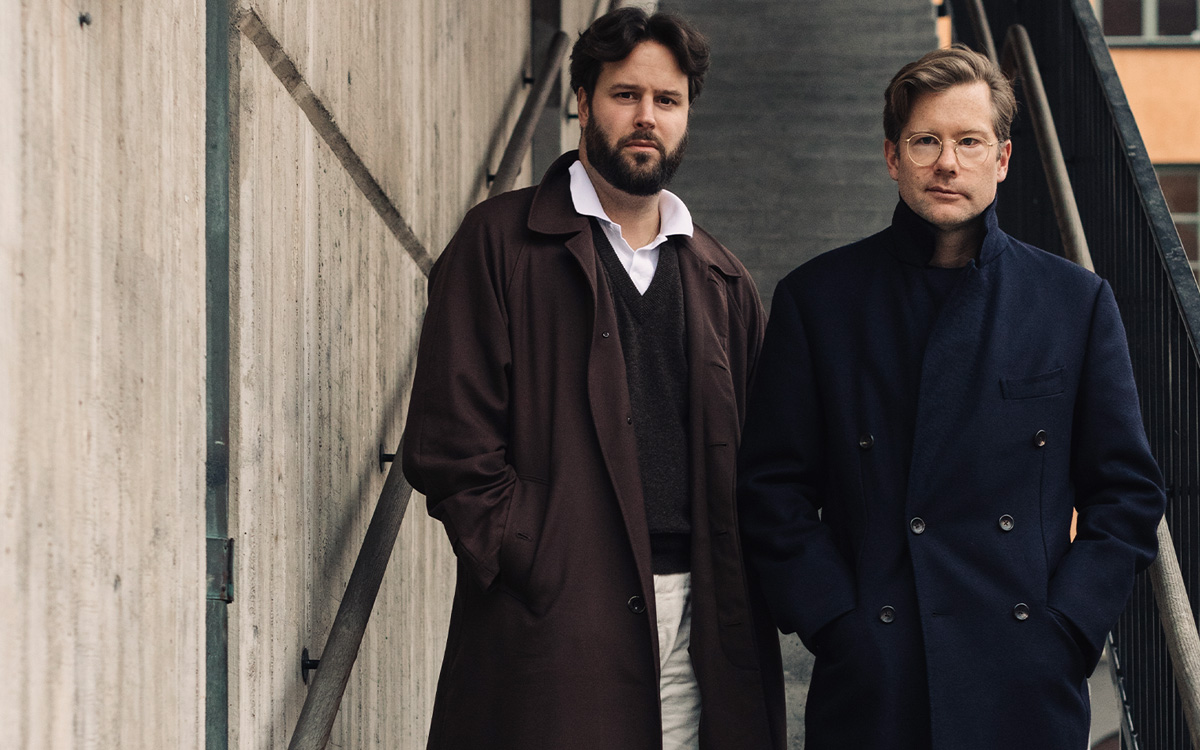
The Rubato boys’ guide to Stockholm
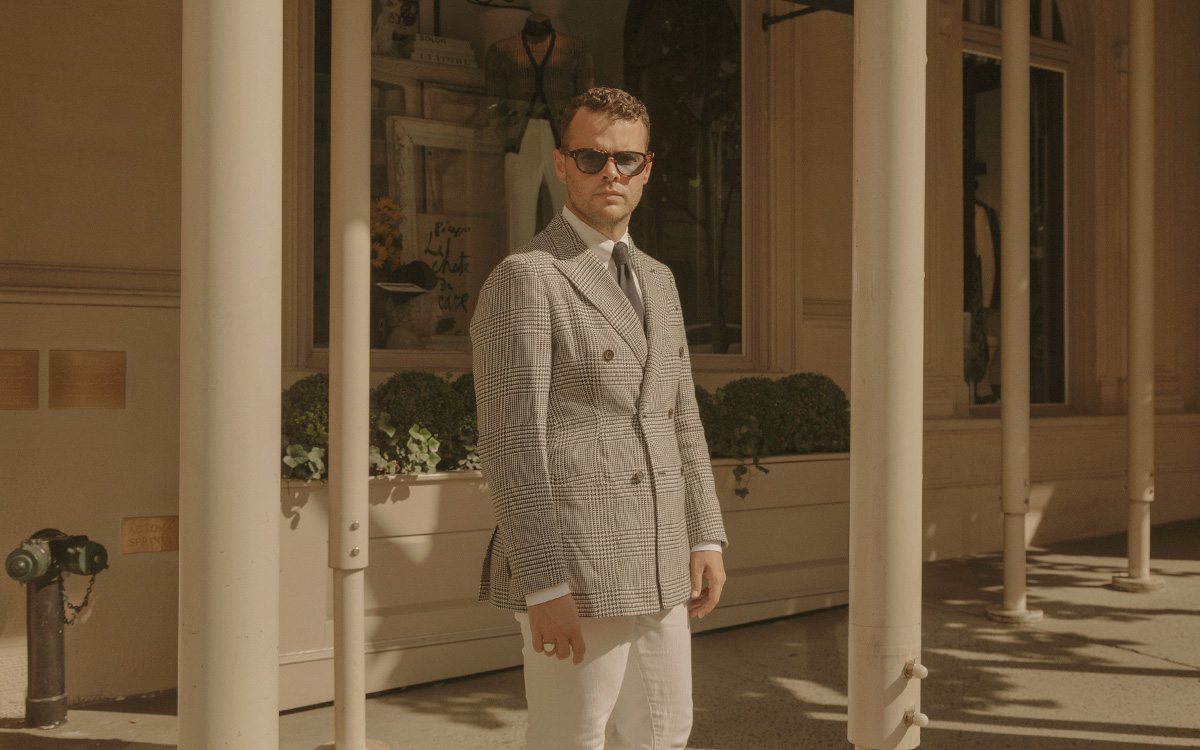
A Walk on the Weiss Side
Cotonificio Albini S.p.A. - Via Dr. Silvio Albini 1, 24021 Albino (BG) – Italy
Società con unico socio - diretta e coordinata da Albini Group S.p.A.
P.I. 01884530161 - C.F. 08743540158 - Iscritta al Registro Imprese di Bergamo - REA 244649
Capitale sociale sottoscritto e versato € 11.170.960